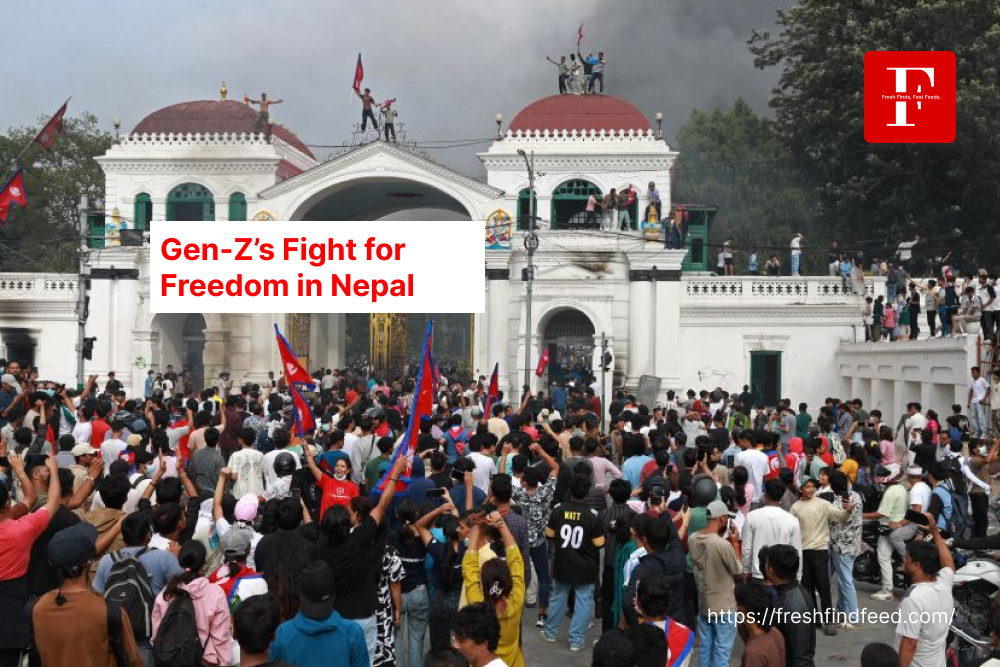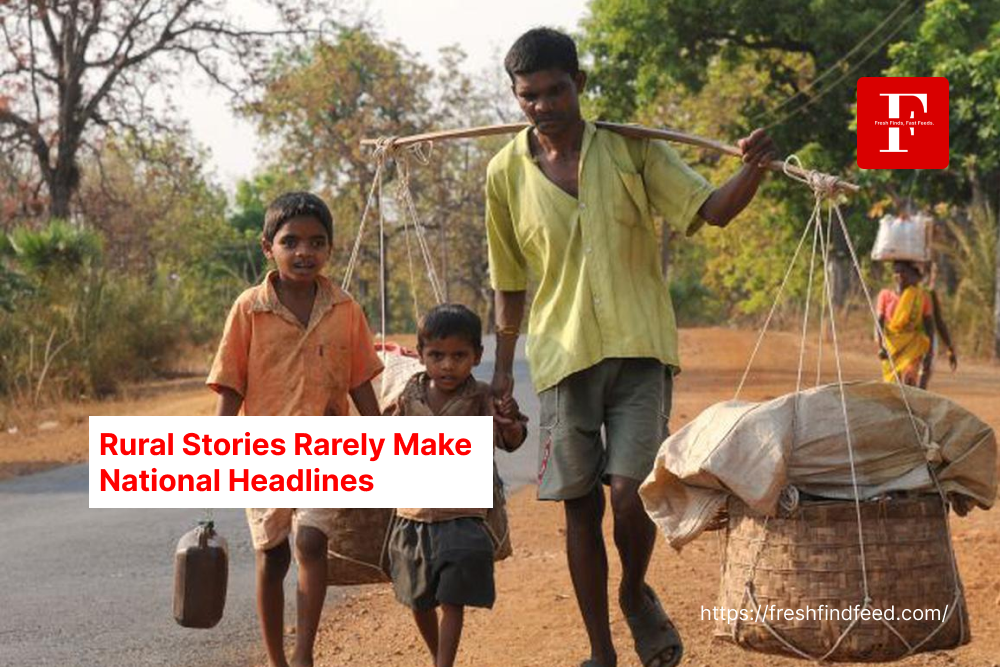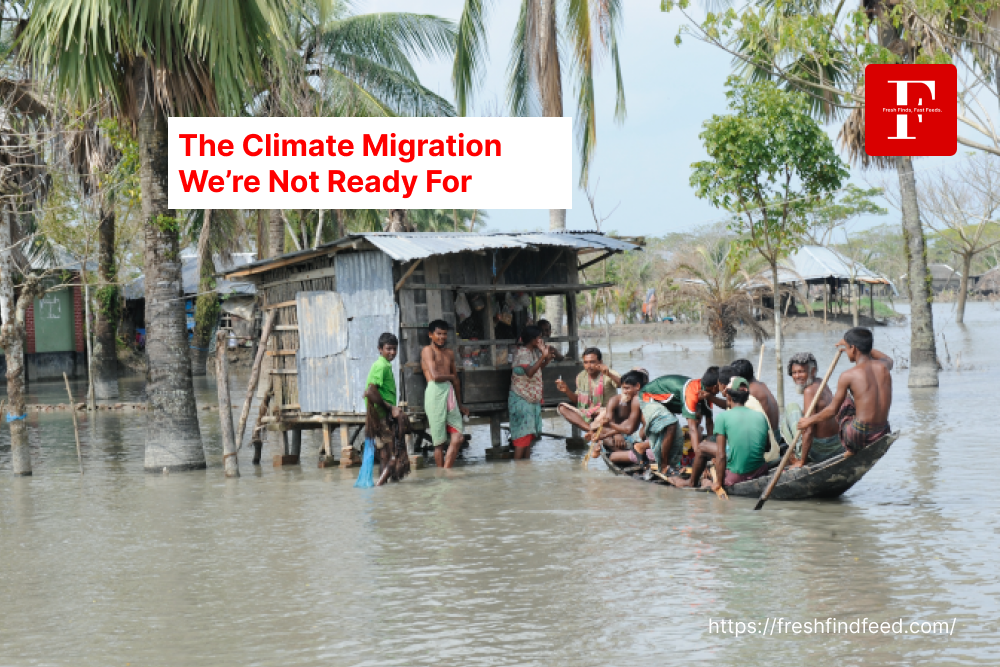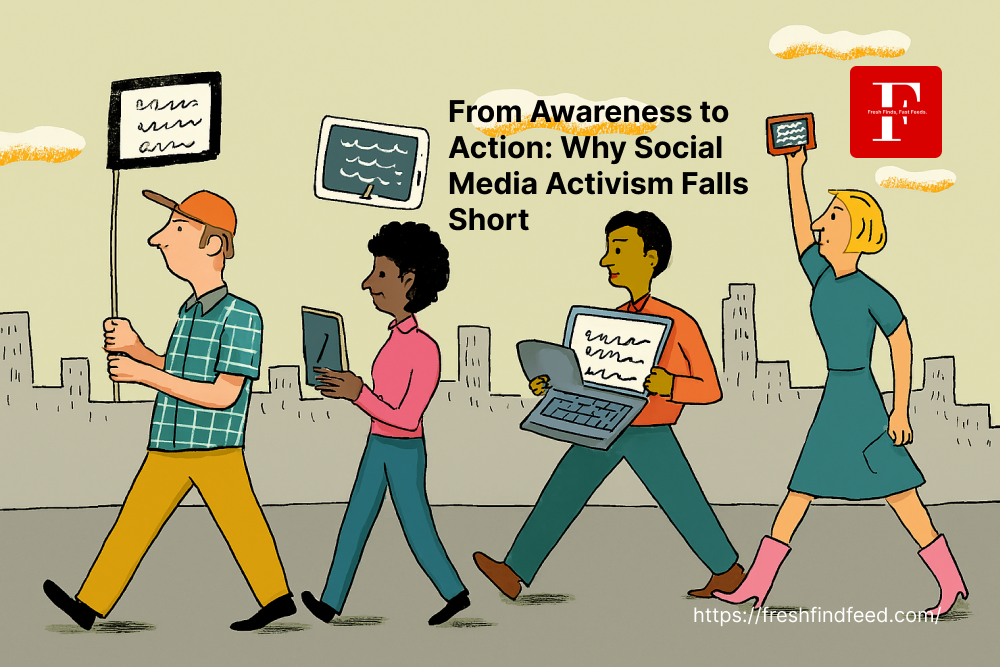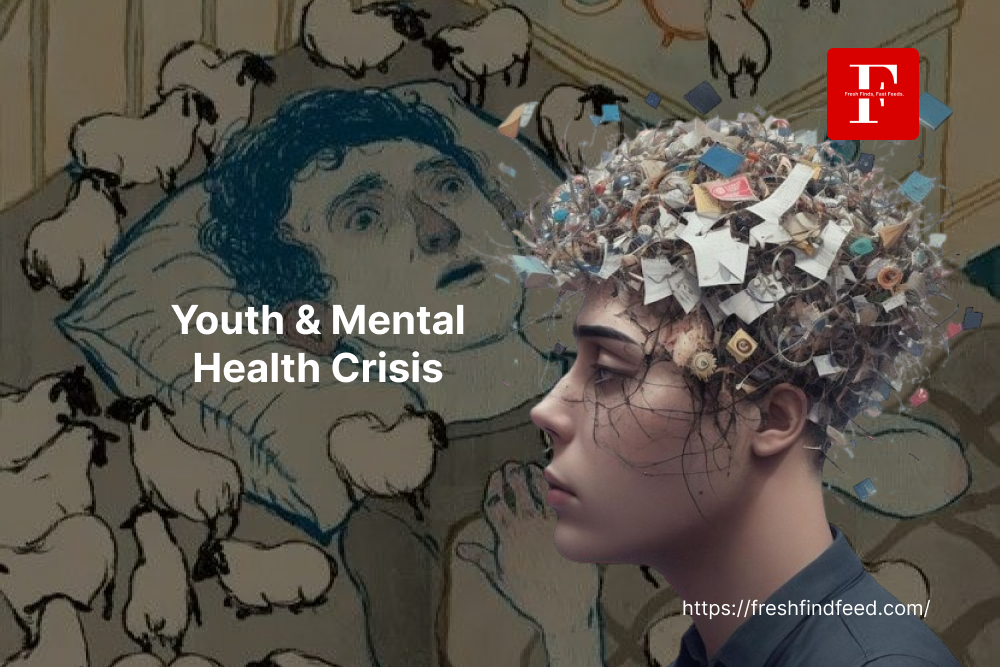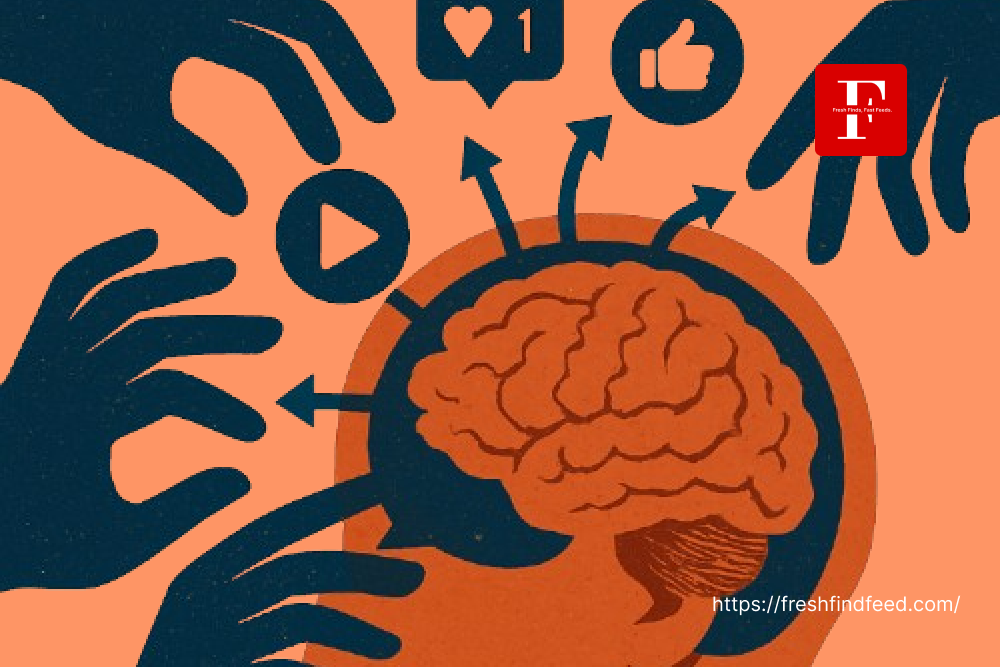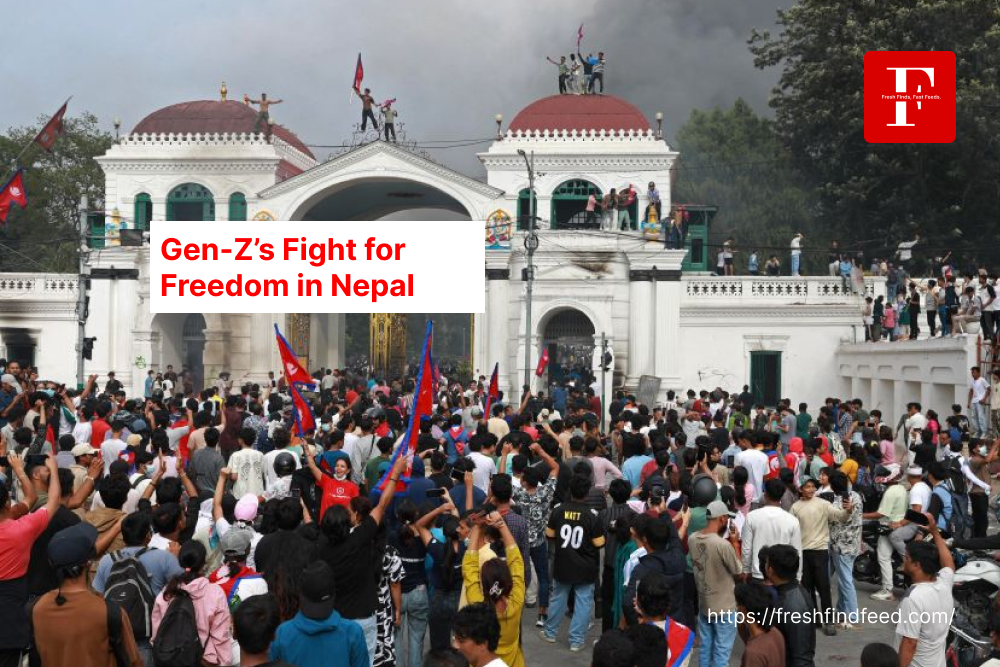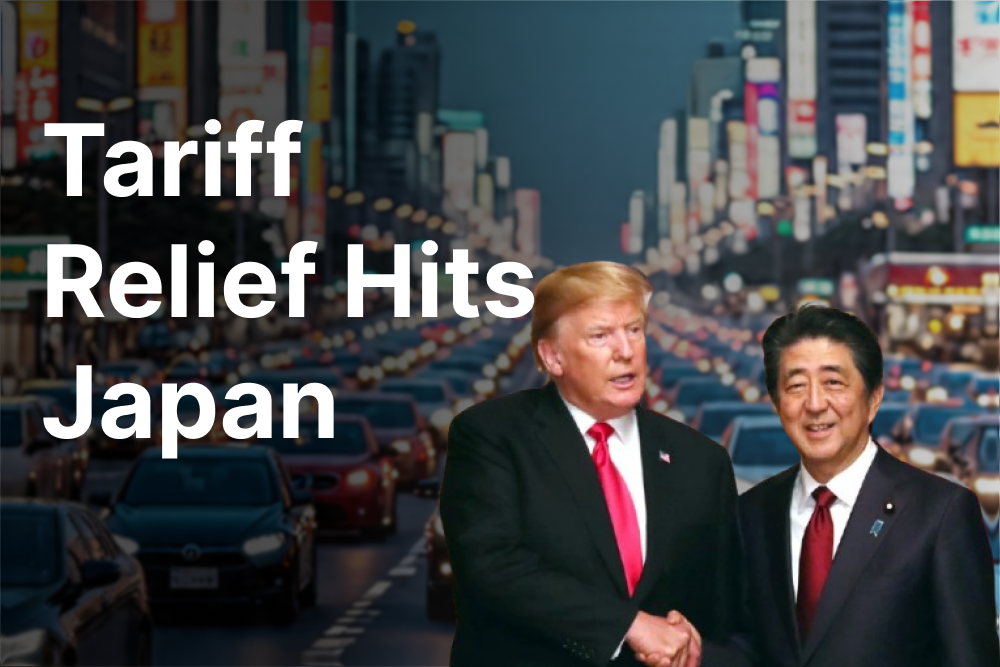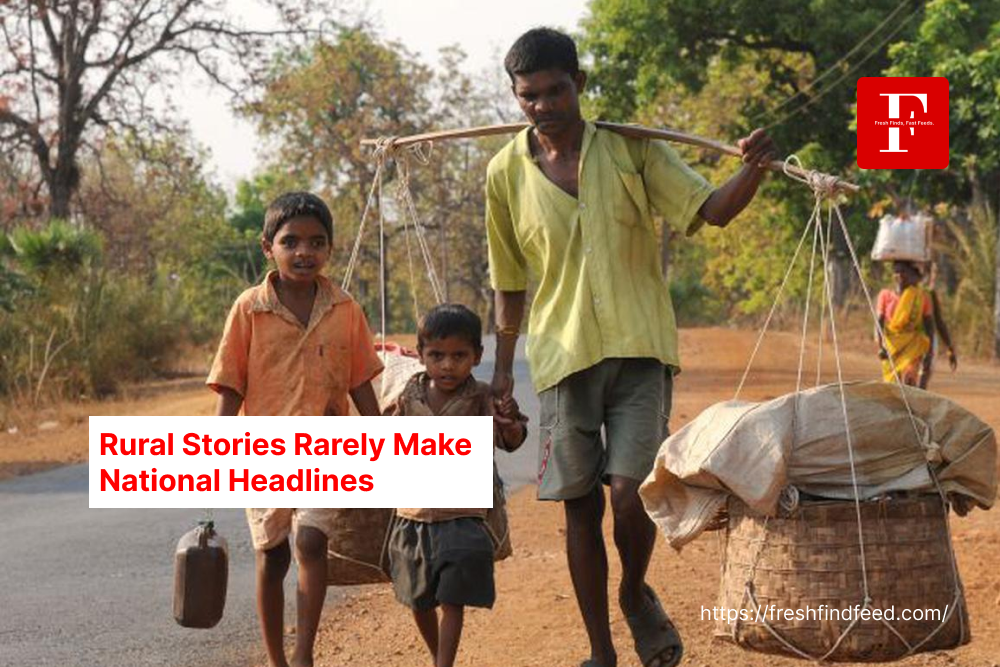The Context: A Nation Caught Between Tradition and Transformation
Nepal is a country of contrasts. Home to the majestic Himalayas and centuries of rich culture, it has also endured decades of political instability. From monarchy to civil war to the birth of a fragile democracy, every Nepali generation has carried its own burden.
But for Gen-Z—those born between the late 1990s and early 2010s—the promise was different. They grew up hearing about democracy, freedom, and a modern Nepal after the monarchy was abolished in 2008. They were told that the “new Nepal” would be inclusive, democratic, and open to opportunities.
Instead, what they face today is widespread corruption, limited freedoms, and a shrinking economy. For many, the optimism of childhood has turned into anger.
Broken Democratic Promises
When Nepal adopted its new constitution in 2015, it was hailed as a milestone in South Asia. The constitution promised equality, free speech, and a federal structure that would empower local communities.
Yet, nearly a decade later, Nepali youth feel betrayed.
Freedom of speech is increasingly under attack. Laws such as the controversial Information Technology Bill have been used to criminalize online dissent.
Censorship extends to media houses, journalists, and social media platforms. TikTok was banned in 2023, and other platforms remain under scrutiny.
Corruption scandals within the political elite have eroded public trust. Youth feel that leaders are more concerned with power struggles than national progress.
For Gen-Z, these betrayals cut deep. Unlike older generations, they were raised in a world where democracy was taken for granted—so its absence feels like a theft.
The Economic Squeeze: Dreams Deferred
If political betrayal stings, economic struggles add salt to the wound. Nepal’s economy has long relied on remittances, with millions of young workers migrating to the Gulf, Malaysia, and beyond for employment.
For Gen-Z, this means:
Unemployment rates remain high despite growing literacy and higher education.
Brain drain continues, as thousands leave Nepal every month in search of opportunities.
Entrepreneurship struggles due to lack of government support, red tape, and unstable policies.
Young Nepalis feel trapped in a cycle: study hard, fail to find work at home, and end up working abroad under tough conditions. This economic exile fuels resentment and strengthens their demand for real change.
The Censorship Crisis
In Nepal, the fight for freedom is not fought only in the streets—it plays out in cyberspace too.
In 2023, the government banned TikTok, claiming it spread “social discord.” But for Gen-Z, TikTok was more than entertainment—it was a platform to share opinions, art, and activism.
Online critics of politicians have been arrested or fined, creating a culture of fear.
Independent journalists face harassment, lawsuits, or intimidation for reporting on corruption.
For a generation that lives online, censorship feels like suffocation. As one protest sign in Kathmandu read: “If you silence our apps, we’ll raise our voices louder.”
Gender, Justice, and Inclusion: A Wider Fight
Nepal’s Gen-Z isn’t only fighting for political democracy; they’re demanding social democracy too. Issues like gender rights, LGBTQ+ visibility, and caste discrimination are central to their struggle.
Women’s Rights: Young women are at the forefront of protests, demanding safety, equality, and representation. Campaigns like “#EnoughIsEnough” highlight issues of gender violence and state inaction.
LGBTQ+ Rights: Nepal has progressive legal recognition for LGBTQ+ people, but social acceptance lags. Gen-Z activists push for deeper inclusion.
Caste Discrimination: Despite being outlawed, caste-based discrimination still exists. Youth activists openly challenge these hierarchies, often through art, music, and social media campaigns.
Their fight is about more than free speech—it’s about building a society where dignity is not limited by gender, caste, or orientation.
Protest in the Streets: The Old Meets the New
Nepal has a long tradition of student activism. From overthrowing monarchs to resisting autocratic regimes, student unions have always been key political players.
But today’s Gen-Z adds a twist. They combine street protests with digital activism, creating a hybrid movement that is both local and global.
Sit-ins and rallies are organized on university campuses.
Street art and graffiti carry messages of defiance in public spaces.
Rap battles and concerts become stages for political expression.
Memes and viral videos reach global audiences, making it harder for the state to silence them.
One striking example came during protests in Kathmandu, when young artists painted murals of a padlocked mouth across city walls—an image that went viral internationally.
Digital Resistance: Hashtags as Weapons
For Gen-Z, hashtags are not just digital trends—they are weapons. Online campaigns like #SaveDemocracyNepal, #FreeOurVoices, and #EnoughIsEnough have mobilized thousands.
These digital protests achieve three things:
Amplify Voices: Even if state media ignores protests, international audiences hear about them.
Connect Movements: Nepali youth link their struggles with movements in Hong Kong, Iran, and India.
Pressure Leaders: Viral campaigns embarrass leaders on a global stage, forcing them to respond.
The ban on TikTok was meant to silence, but it only pushed youth to Twitter, Instagram, and underground forums.
Culture as Resistance: Bold Creativity
Gen-Z’s resistance doesn’t always look like a rally—it can sound like a rap verse or appear as a graffiti mural.
Hip-Hop & Rap: Nepal’s underground hip-hop scene often raps about unemployment, corruption, and injustice. Lyrics spread faster than manifestos.
Graffiti & Street Art: Cities like Kathmandu and Pokhara are dotted with resistance murals—art that the government paints over, but which reappears overnight.
Independent Media: Youth-led podcasts, YouTube channels, and blogs are replacing traditional media as trusted sources of truth.
Culture is not just self-expression—it is survival. By turning creativity into protest, Gen-Z bypasses censorship and builds solidarity.
The Feeling of Betrayal
Across conversations with young activists, one word echoes: betrayal.
By Politicians: Leaders who promised reform now cling to power and silence critics.
By Society: Traditional hierarchies still limit opportunities based on caste, gender, or class.
By the World: Global institutions praise Nepal’s democracy on paper but ignore the lived reality of repression.
This sense of betrayal doesn’t create silence—it creates boldness. Every restriction strengthens their will to fight.
Boldness in Action: The Rise of Fearless Youth
If Gen-Z has one defining trait, it’s boldness. Unlike their parents and grandparents, they are unwilling to wait patiently for change.
They call out politicians by name on social media.
They mock censorship with humor and memes.
They challenge tradition, from marriage customs to career expectations.
They take risks, knowing arrests and harassment may follow.
Their courage is contagious. Even older generations, once skeptical, are beginning to admire their tenacity.
Challenges Ahead
The path, however, is not easy. Gen-Z faces real threats:
Government Crackdowns: Arrests, bans, and intimidation will likely increase.
Migration Drain: With so many leaving Nepal for work, sustaining movements is hard.
Internal Divisions: Political parties try to divide youth movements along ideological lines.
Yet, these challenges are also fuel. As history shows, every crackdown often births stronger resistance.
Why Nepal’s Fight Matters Globally
Nepal may be small, but its youth fight mirrors global struggles. From climate activism in Europe to democracy protests in Asia, young people everywhere are demanding a seat at the table.
Nepal’s Gen-Z joins this chorus, reminding the world that democracy cannot be measured by constitutions alone—it must live in the daily freedoms of its people.
The Future: Will Gen-Z Win?
No movement guarantees victory. But history suggests that no government can permanently silence its youth.
Nepal’s Gen-Z may be banned, they may feel betrayed, but they remain bold. Their fight is shaping the identity of Nepal’s future.
And in that, there is hope—not just for Nepal, but for any nation where young people refuse to surrender their voice.




